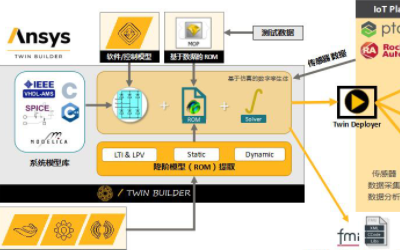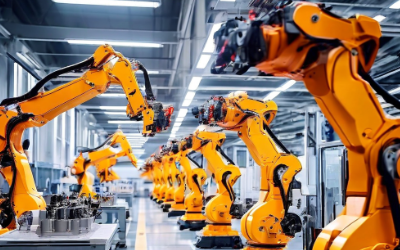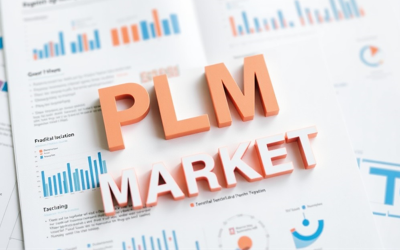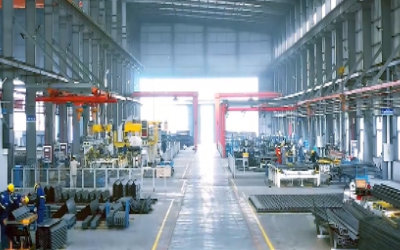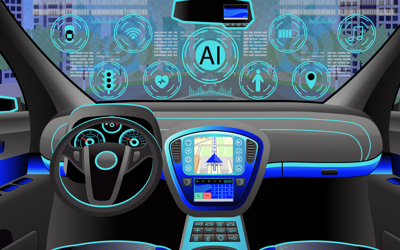Medical professionals tap AI tech for disease prevention and control
The application of artificial intelligence technology in the healthcare sector is already helping medical professionals in the screening and diagnosis of diseases. Currently, it takes only one minute for an AI robot to scan an image and generate a diagnostic report, but what's next?

Wang Wei (second from right), deputy director of Chongqing municipal health commission, and Sun Jianyi (third from right), vice-chairman of Ping An Group, check out the artificial intelligence-enabled disease prediction model of Ping An during the 2019 China Smart Expo in Chongqing. [Photo provided to China Daily]
One path being pursued is disease prevention, especially those that are contagious like influenza or linked to lifestyle choices such as heart disease and diabetes.
Currently, the AI technology provided by Ping An Technology, the tech arm of Ping An Insurance (Group) Co Ltd, is helping healthcare authorities in Chongqing and Shenzhen, Guangdong province, to predict influenza outbreaks ahead of time with over 90 percent accuracy.
A related research paper, jointly issued by Ping An Technology, Chongqing Municipal Center for Disease Control and Prevention, the Third Military Medical University and Tsinghua University, was published on Sept 21 in EBio-Medicine by the Lancet, one of the four major international medical journals, showing international recognition of China's AI technology application in the healthcare sector.
"Disease prevention and control has become a high priority for national health systems across the world," said Xiao Jing, chief scientist of Ping An, during the 2019 World Artificial Intelligence Conference in Shanghai in late August.
"If we can spot risks at a preliminary stage and carry out early treatment, it will not only alleviate the suffering of patients but also lower overall medical expenses," he said.
Collaborating with Chongqing Municipal Health Commission, Chongqing CDC, and Shenzhen CDC, Ping An Technology's Smart City Disease Prediction Project makes full use of big data technology to propose a deep intelligent disease prediction method from both macro and micro perspectives.
According to the company, the project combines massive city-level data collected on the government platform, weather data, public opinion data, business experience and expert knowledge of local disease prevention and control, to build a disease prediction model. Consequently, the accuracy of infectious disease and chronic disease prediction models has reached 90 percent, fully reflecting the practical value of multidimensional data sources.
The resultant predictions, such as the probability of an influenza or hand-foot-and-mouth disease outbreak, can then be circulated as warning alerts on apps used by relevant city authorities, said Xiao. He added that while public health authorities should still take the lead in disease prevention, the AI-enabled algorithms can help remind the public of putting on extra clothes and avoiding crowded areas.
China's AI-enabled healthcare industry has been growing at a fast rate. According to a recent report by the Shenzhen-based Qianzhan Industry Research Institute, in 2018, China's medical AI market totaled 21 billion yuan ($2.9 billion), growing 54 percent year-on-year. The sector is favored by the capital market, and investments into the area will maintain a 40 percent growth rate in the coming years.
"With increasing healthcare needs in China, the country has an uneven distribution of medical resources, and there is a shortage of medical staff. AI technology can help plug the gap. Besides, the government's favorable policies in the medical AI sector have further promoted the development of the market," the report said.
Specifically, apart from taking on some of the work of healthcare professionals, the role that AI technology is playing in disease prevention is also important, said industry experts. AI technology can detect potential disease risks or predict the possibility of an outbreak. When a potential patient is discovered, it can take auxiliary measures in advance, such as providing healthcare information or reminding patients of going to the hospital, in order to avoid or delay the occurrence of the disease, they said.
Frank Hester, founder and CEO of United Kingdom-based medical technology firm TPP, said that active prediction and control of disease is important, and AI technology brings tremendous potential to this area.
"AI-enabled disease prediction is based on data, where China is blessed with a natural advantage. The country's huge population base and broad market application produce a high-quality database. Therefore, it will have a bright future in terms of disease prediction and control," he said.
According to Ping An Technology, to benefit cities' healthcare authorities and the public, it plans to extend its disease forecasting capabilities to other areas, such as the incidence of diabetes, chronic obstructive pulmonary disease and cardiovascular issues at a regional level.




